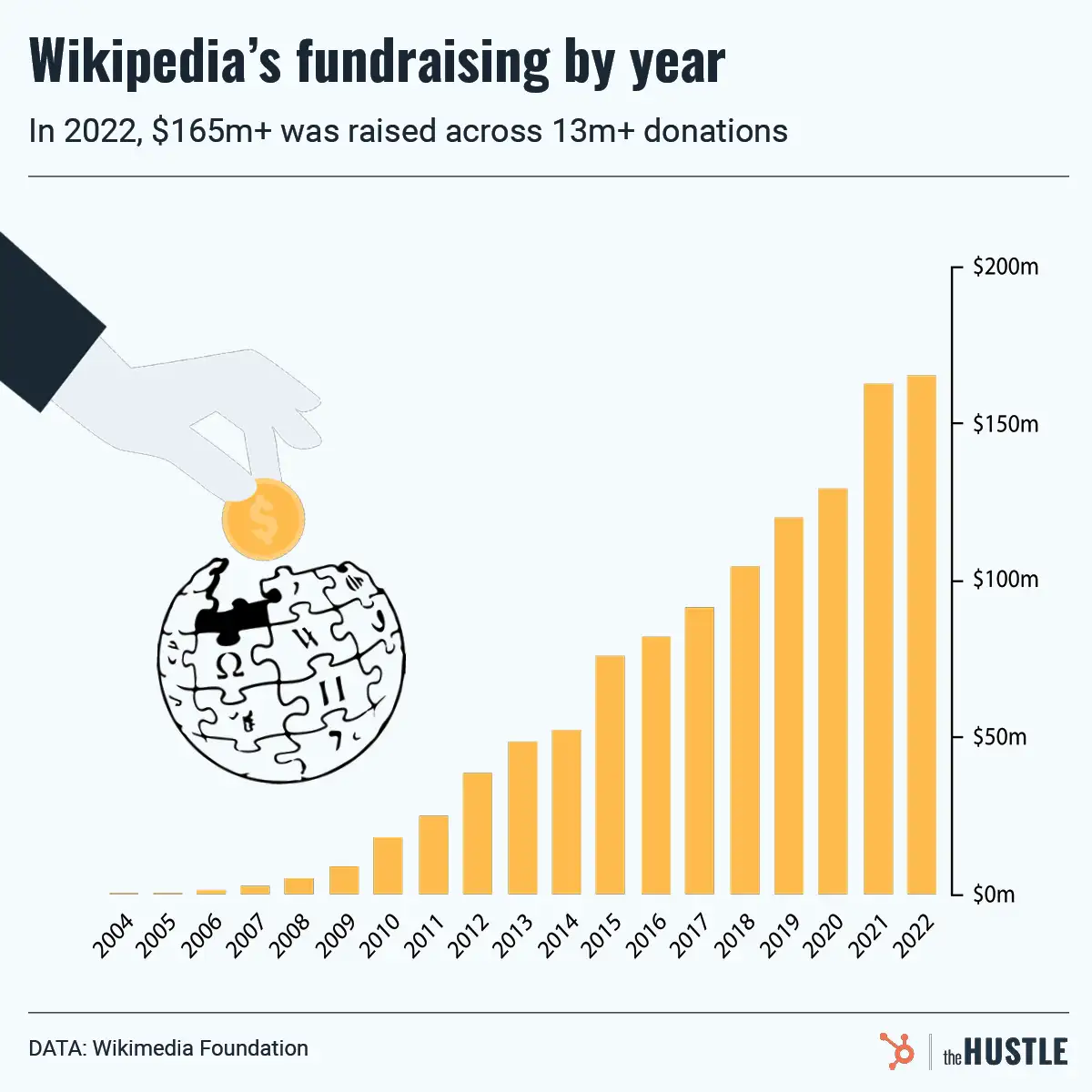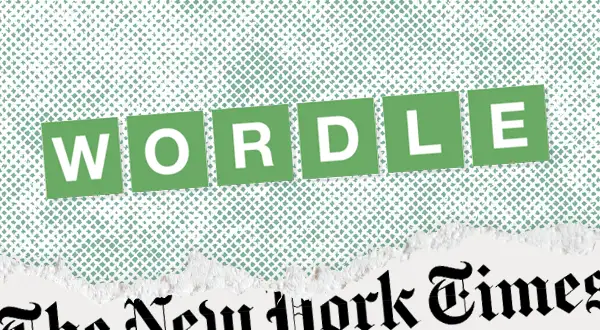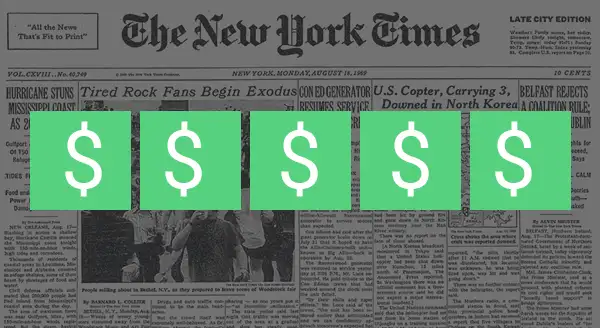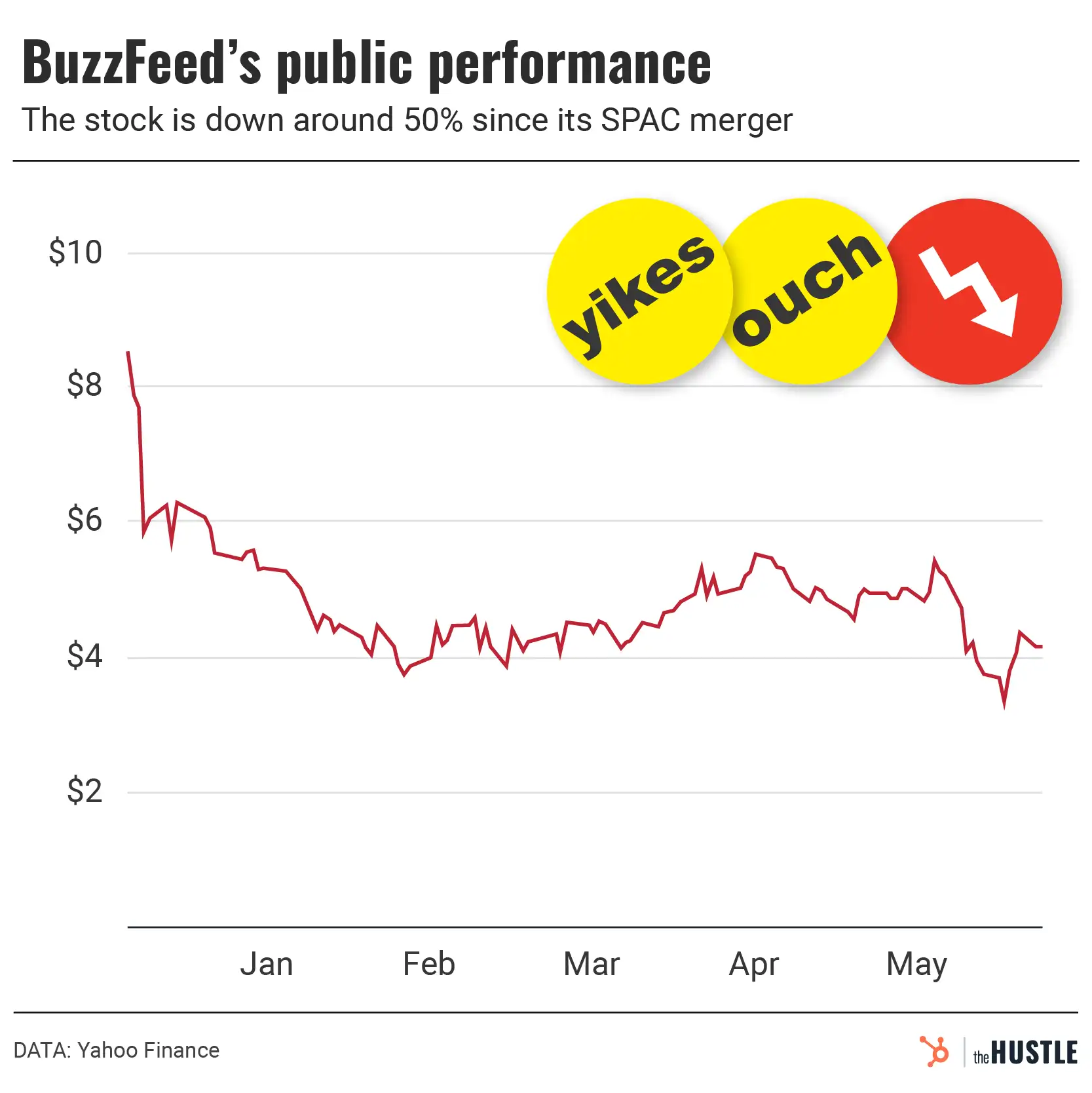A prerequisite for working in media in the 21st century is tolerance for turmoil: Owners change at the drop of a hat, politicians and CEOs like Elon Musk start fights over coverage, AI is threatening to replace writers, and the pay — unless you’re a famous TV host — usually sucks.

Yet, even by those chaotic standards, the end of 2022 is shaping up to be a scary time for the industry.
Year-end layoffs are heating up
As former CNN personality Brian Stelter put it in an essay for The Atlantic, “Media Winter is here once more, and it is getting ugly.”
Last week:
- CNN slashed 200+ jobs.
- Gannett, owner of USA Today and dozens of local newspapers, cut ~200 jobs, ~6% of news staff.
- Paramount Global laid off ~30 employees.
Other media companies are just being stingy. NPR is cutting $10m+ from its budget and freezing hiring. New York Times reporters have threatened to strike if management doesn’t offer a contract with better wages by Dec. 8.
- What’s behind the austerity? As usual, loss of ad revenue in an economic downturn.
But it’s not the only thing to blame
Many media companies got caught in the streaming bubble, per WSJ, investing billions in programming that’s not profitable and no longer popular with Wall Street.
There’s also an existential crisis at hand. Among the casualties of last week’s cuts were staffers of The Washington Post’s Sunday magazine, which will no longer publish, and CNN’s “Headline News.”
According to Stelter, we’ve witnessed a long obsolescence with these forms of traditional media. For products like “Headline News,” which specialized in “companion TV” coverage (a mix of live news and “Today” show-style features) — death has finally come.










